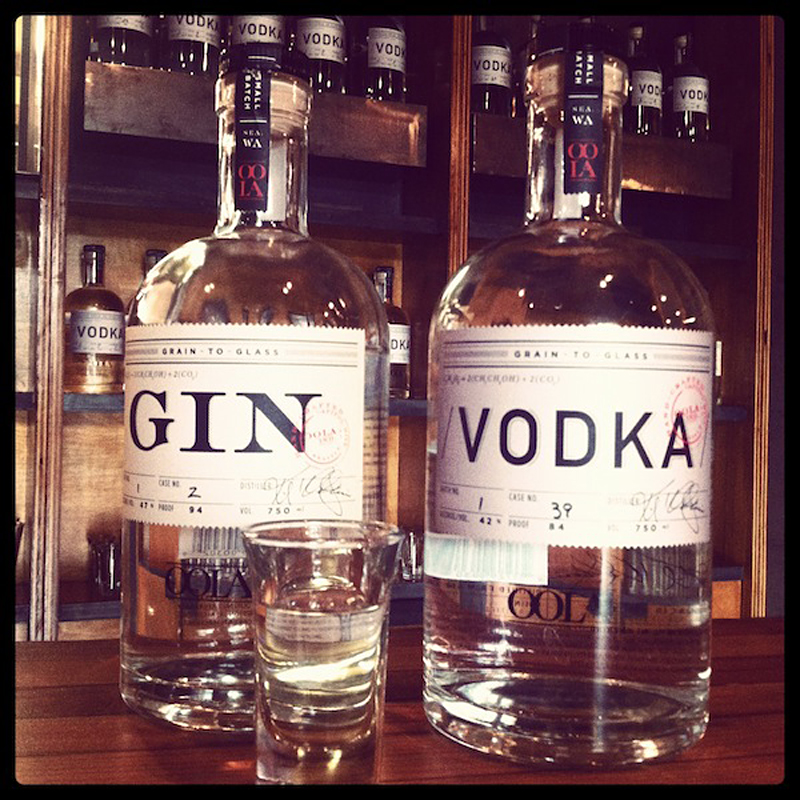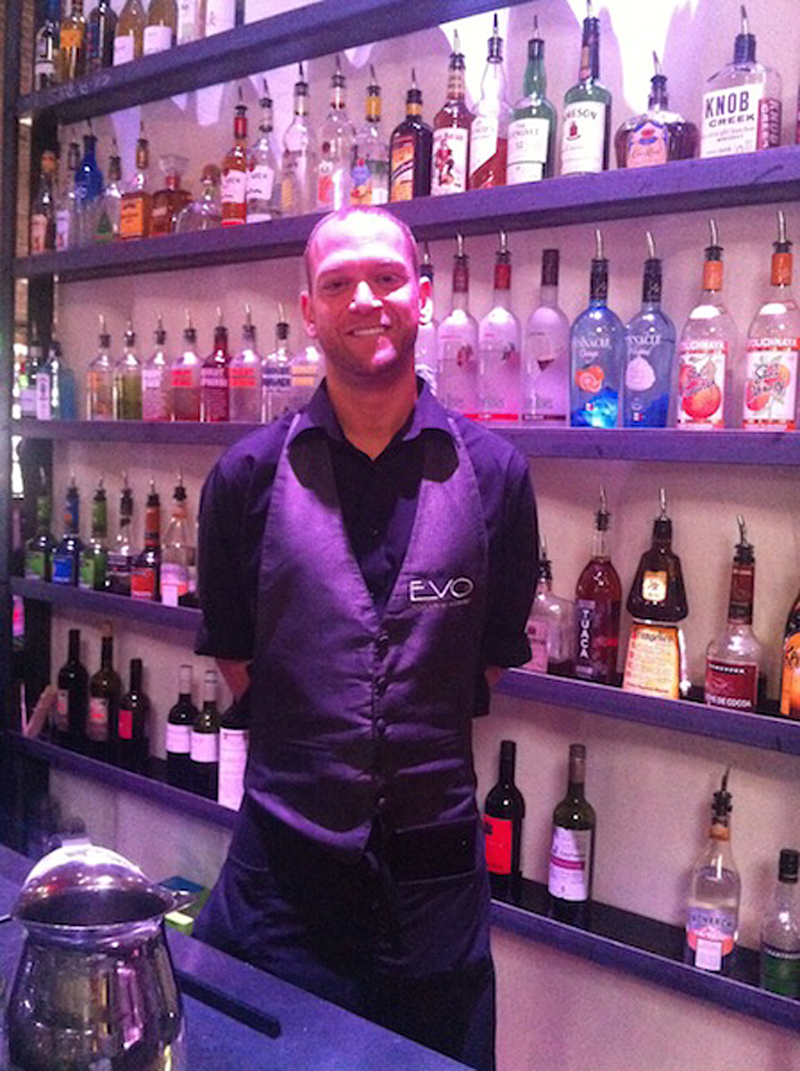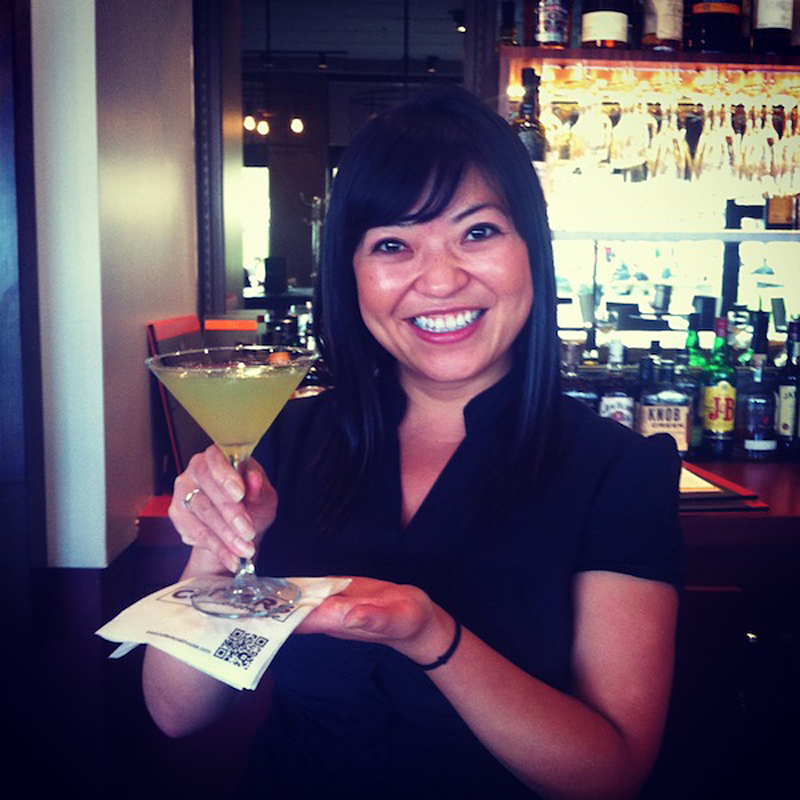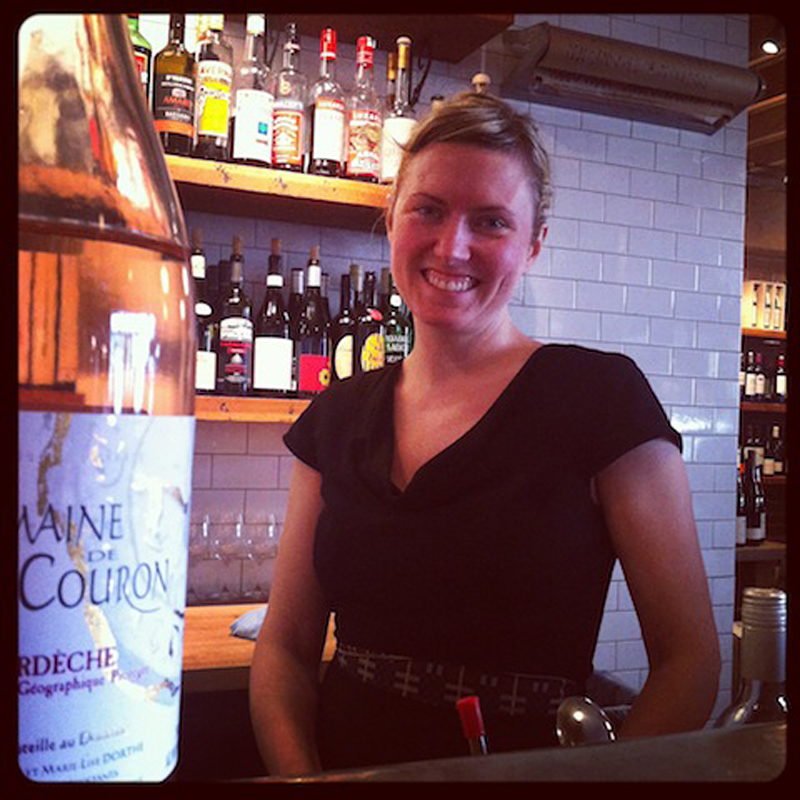The Watering Hole: Oola Distillery, 1314 E. Union St., 709-7909, CAPITOL HILL.
The Atmosphere: Oola has taken over the long-vacant La Panzanella bakery space. The yeast aroma is not gone. But this time, instead of bread, alcohol levels are rising. The place smells like a winery with a little less sweetness in the air. Wooden casks are stacked against the wall, and everyone floating around the production area acts, not surprisingly, like they’ve been huffing booze fumes all day (read: like the nicest people you’ve ever met).
The Barkeep: I doubt Brandon Gillespie would like to be called a barkeep, seeing as how he’s Oola’s managing director, but boy, can he pour a shot of liquor! Gillespie has been the owner of the now-defunct Beat-o and the general manager of Mighty-O, and now he’s an integral part of Oola. With all those Os following him around, he’s like Seattle’s own Lord of the Rings. But forget about Middle Earth; Oola is about drinking craft spirits in the middle of the day. The tasting room is open Tuesday–Thursday, 2–8 p.m.; Friday–Saturday, 2–10 p.m.; and Sundays 2–6 p.m.
The Drink: Gin and vodka. Shots of them. Well, sips from a shot glass. These two spirits are what Oola focuses on.
How does one make gin and vodka? From the mouth of Gillespie: “We take wheat (about 88 pounds worth) and put it into water, cook it, add enzymes, bring it down to temperature, add yeast, and let it ferment. It takes about two to three days. At that point, it’s beer. We take that and put it into the stripping still which produces low wines. Then we build those 8–10 gallon batches up and put it into the fractionating still, which produces 95 percent alcohol. If we’re going to make vodka, we run it through a charcoal filter and then proof it down to 42 percent. We’ve got a huge water-purification system. We then bottle it, and we’re good to go! If we’re going to make gin, we take that vodka and steep the botanicals in it—juniper berries, rose petal, orange and lemon peel, et cetera—for 24 hours, strain it, distill it again, then run it through a paper filter, then bottle it. Then it rests for about two weeks.”
Interesting fact about that wheat: “The Craft Distillery Bill makes it so that 51 percent of the wheat we put into each batch has to come within Washington state. The problem with that is that our last purchase was 10 tons of wheat, which is nothing to a farmer. All the farmers in eastern Washington just package their wheat and ship it overseas. To find someone who will sell you 10 tons of wheat took me over a month,” says Gillespie, who finally found a farm in Snohomish to procure his wheat.
The Verdict: What I took away was not only the deep, intense flavor of the spirits, but this nifty bit of information: “The difference between craft distilleries and the big guys is sourcing,” said Gillespie. “All the flavor in our vodka comes from wheat. So where you get your wheat—or grain or potatoes or whatever you’re using—is very important. If you’re, say, Grey Goose or Tito’s, you’re buying so much grain from so many different places—and probably different types of grain—that there’s no way you can make a consistent product if you left flavor in, so you distill the flavor right out. With a craft distillery, since you have a consistent source of grain and you’re producing on a small scale, you have the ability to take that flavor that comes from the wheat and craft it.”
Now to the tasting notes:
Vodka: Gillespie detected some citrus notes on the front palate and a bit of a tea-earthy effect on the back. Me? Not so much citrus, but definitely some vanilla and caramel. The scent was floral, which actually comes out more in the gin because it’s made with rose petals. It’s a pretty complex creation. And very smooth.
Gin: The gin was citrus-forward with a flowery nature. It smelled of lavender. It’s a little different than most gins I’ve tried. A lot of flavor going on here, for sure.
Gillespie admits that Oola’s spirits are not going to work in every mixed drink. “I think these would both do well in certain mixed drinks, like a gimlet and obviously martinis. But would that vodka be good in a Bloody Mary? Not really. It’s too complex. It’s a bartender’s spirit, for sure.”
At home, Gillespie—whose spirits are available at Canon (see page 27), Artusi, and Skillet Diner, among other locales—likes to drink the gin and vodka with ice and a twist of either orange or lemon peel.








